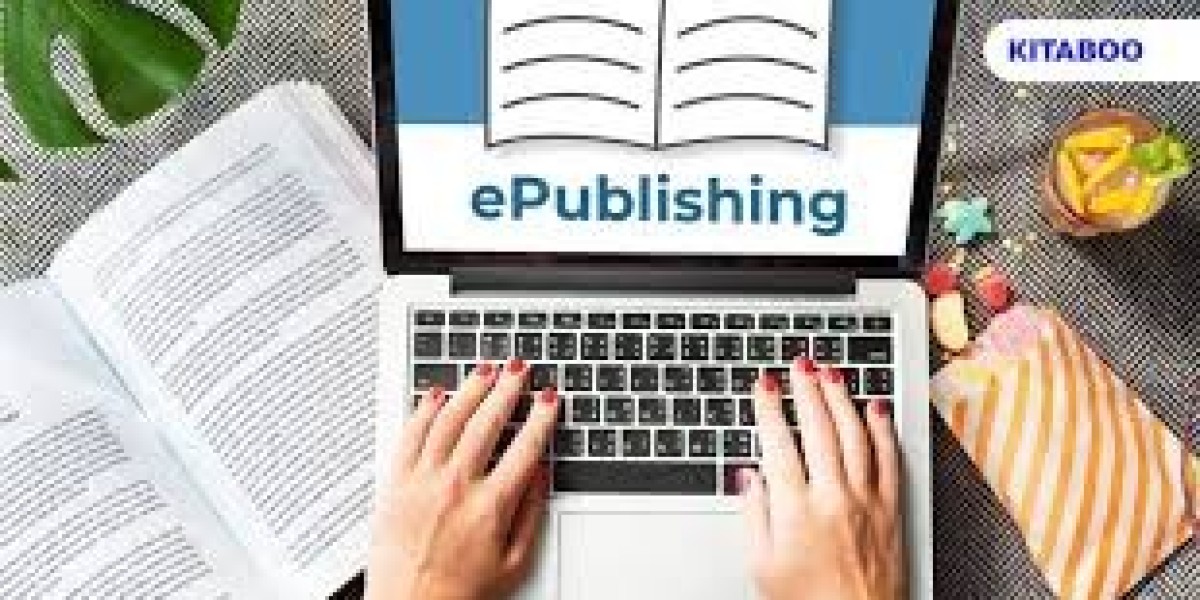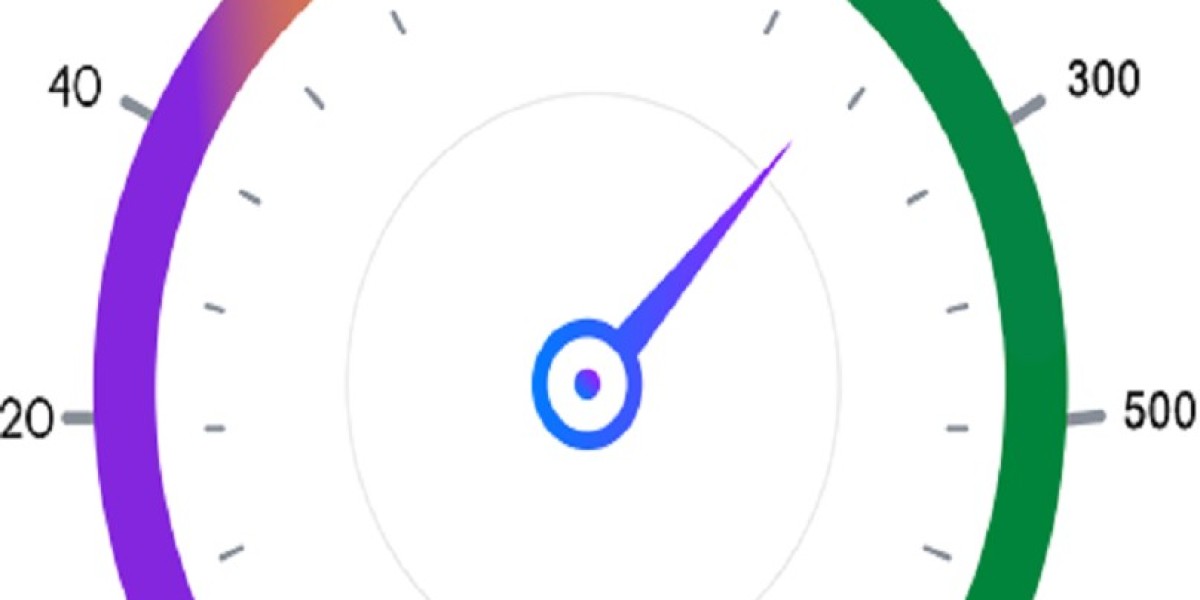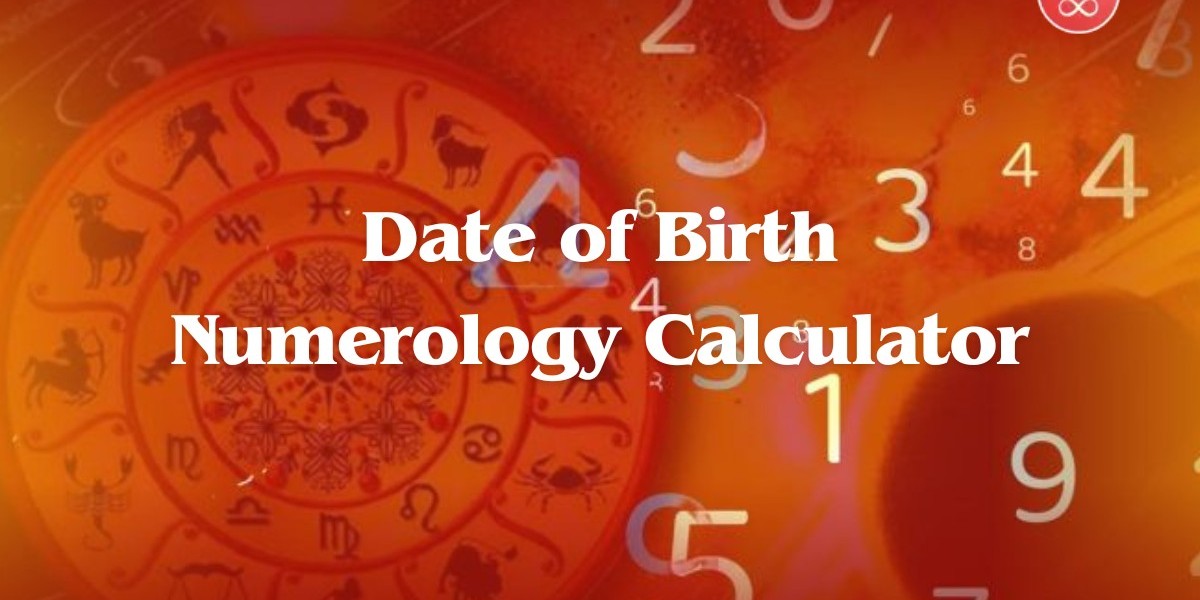Let’s face it—no matter how brilliant your writing is, the first thing readers notice is the physical look and feel of your book. Whether it's the crispness of the cover, the weight of the paper, or even the smell of the pages (yes, that new book smell is real), the printing of your book plays a much bigger role in its success than many authors realize. Printing isn’t just about production—it’s about presentation. And when done right, it can transform your manuscript into a masterpiece.
In this post, we’re diving into how to print your book like a pro—with premium choices that not only make your book durable but also leave a lasting impression on readers. So, if you're gearing up to bring your words to life in print, this one's for you.
First Things First: Print-on-Demand vs. Offset Printing
Before you start choosing paper textures and binding styles, you need to decide how you want your book printed.
Print-on-Demand (POD) is popular with self-publishers because it’s cost-effective. You only print copies as they’re ordered—perfect if you're starting out or want to avoid inventory. But POD can sometimes come with trade-offs in paper quality and print sharpness.
Offset printing, on the other hand, is ideal for bulk printing. It's the industry standard for major publishing houses and offers the highest quality, consistency, and customization. The catch? It requires a larger upfront investment and a minimum order quantity.
Not sure which is right for you? Ask yourself: Do you want to test the market first (POD)? Or are you going all in with a major launch and distribution plan (offset)?
The Cover: More Than Just a Pretty Face
Your book cover is your first impression—don’t cut corners here.
You have options:
- Matte finish gives your cover a smooth, velvety feel. It’s modern and subtle, making it perfect for fiction, memoirs, or anything with an artistic flair.
- Glossy finish makes colors pop. Great for children's books, cookbooks, or anything visual.
- Soft-touch lamination is the luxury choice—sleek, durable, and resistant to scuffs and fingerprints.
Also consider extras like spot UV coating (adds shine to specific elements like the title), embossing (raised text or images), and foil stamping (metallic text for that wow factor).
It might cost a bit more, but a standout cover helps your book scream “professional” from across the room—or across a digital shelf.
Paper Quality: Feel the Difference
If you’ve ever flipped through a book and noticed how thick, smooth, or creamy the pages felt, that’s not by accident. The paper stock you choose can completely change the reading experience.
Here’s a quick guide:
- Cream or Off-White Paper: Easier on the eyes, preferred for novels and memoirs.
- White Paper: Crisp and clean—great for non-fiction, business books, and workbooks where clarity is key.
- Coated Paper: Ideal for image-heavy books like photography collections, cookbooks, or children's books. Gloss or satin finishes bring images to life.
Don’t overlook paper weight either. Thicker paper feels high-end and prevents bleed-through from the other side of the page (a must if your book includes illustrations or colored ink).
Binding: Holding It All Together
How your book is bound affects both its look and how it handles wear and tear.
- Perfect Binding (aka paperback): The most common binding, where pages are glued to a spine. Affordable and professional.
- Hardcover Binding: Durable and premium. Great for collectors, special editions, or books you want to last generations.
- Saddle Stitching: Staples through the spine. Used mostly for shorter works like booklets, zines, or children’s stories under 40 pages.
- Spiral Binding: Common in manuals and planners. Easy to lay flat.
Choose your binding not just for aesthetics, but for how your readers will use the book.
Sizing and Layout: The Unsung Heroes
Book size impacts everything from printing costs to shelf appeal.
Common sizes include:
- 5” x 8” or 5.5” x 8.5” for fiction
- 6” x 9” for non-fiction and memoirs
- 8.5” x 11” for textbooks or workbooks
Also, pay attention to margins, line spacing, and font size. A cluttered or cramped page is exhausting to read, no matter how great your content is. Interior layout should guide the reader’s eye, not fight it.
Professional formatting and typesetting matter here—don’t try to wing it with a Word doc export. Trust us.
Ink Choices: It's Not Just Black and White
Most books stick with standard black ink for interior text—but if your content involves images, graphs, or color-coded content, color printing becomes essential.
Full-color printing is more expensive but adds vibrancy. Think children’s books, photography, cookbooks, or motivational books with graphics.
Want to save costs? Some authors get creative by mixing formats: black-and-white interiors for chapters and inserting a few color photo sections on glossy paper. It’s a clever way to boost perceived value without blowing your budget.
Special Features: Going the Extra Mile
Want your book to stand out even more? Consider features like:
- French flaps: Extended cover flaps (like dust jackets for paperbacks).
- Deckled edges: Rough-cut pages for a vintage feel.
- Ribbon markers: Built-in bookmarks for a premium touch.
- Custom endpapers: Printed designs inside the front and back covers—great for brand-building or storytelling.
These aren’t must-haves, but they can turn your book into a memorable object readers want to keep.
Durability = Longevity
Think about how long your book should last. Books that will be used frequently—like cookbooks, guides, or planners—need durability. Opt for lay-flat binding, thicker covers, and water-resistant coatings.
Books meant to be keepsakes (like memoirs or gift books) benefit from hardcover options and premium finishes that won’t fade or wear with time.
Print Like a Pro (Even If You’re Not One)
You don’t need to be a printing expert to end up with a professional-grade book. You just need to know your options—and work with people who understand how to bring your vision to life without cutting corners.
This is where experienced publishing partners can make a difference. From advising on paper types to proofing final layouts, the right team helps you avoid rookie mistakes and ensures your book comes out looking—and feeling—like something you’re proud to sell or share.
One such team is Best Sellers LLC. With deep expertise in publishing and printing, they understand that quality matters just as much as content. They work with authors at every stage to fine-tune those behind-the-scenes details that ultimately make your book unforgettable.
The Final Page
At the end of the day, your book is more than just words on paper—it’s your legacy, your brand, your voice. So why settle for average when you can print something extraordinary?
Premium printing doesn’t just elevate your book—it enhances the reader’s experience, builds credibility, and makes a statement. And when your book looks and feels incredible, readers are more likely to recommend it, gift it, and remember it.
So, go ahead. Choose the thicker paper. Add the foil stamp. Print like a pro—and let your book leave the impression it deserves.








